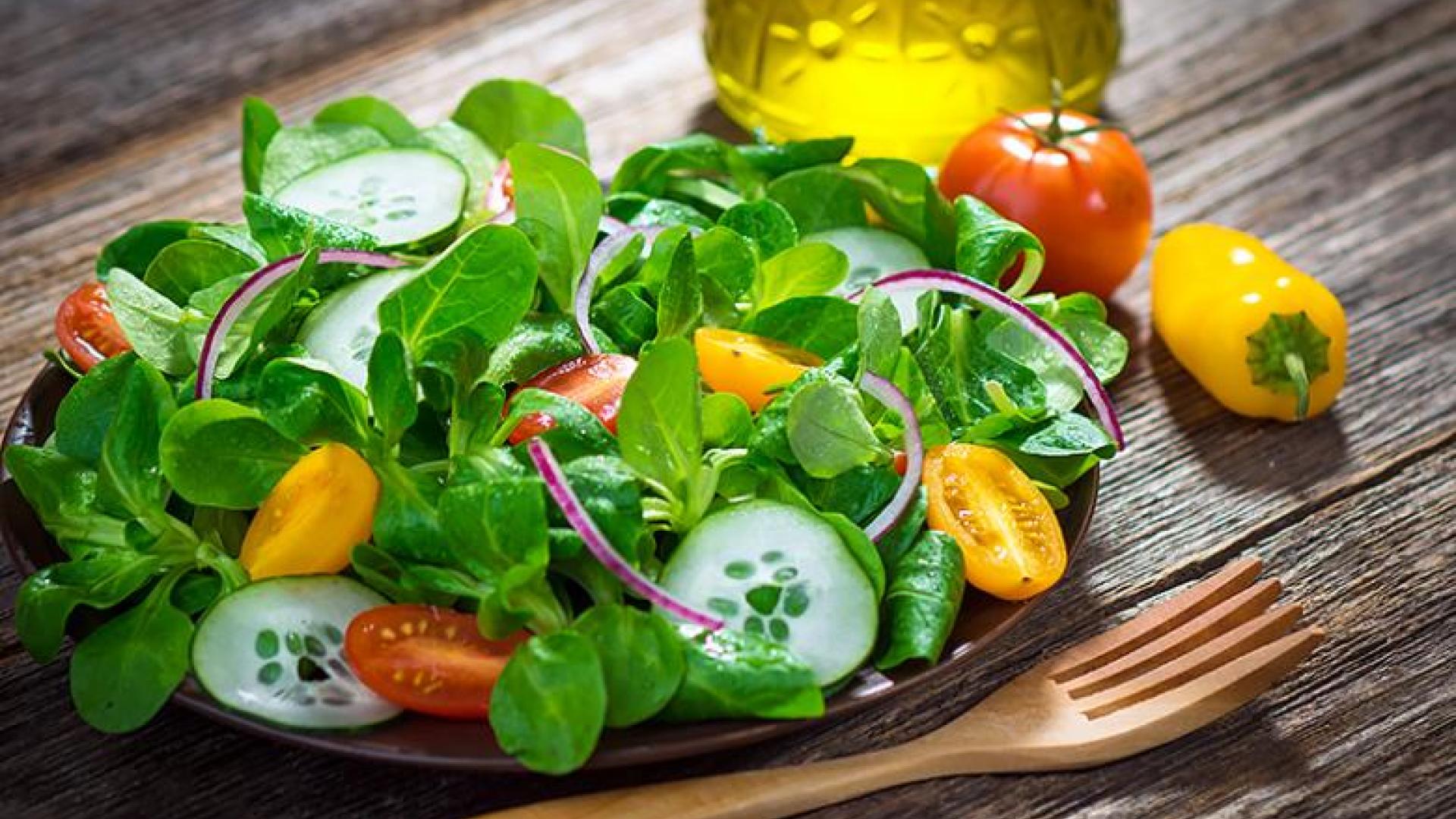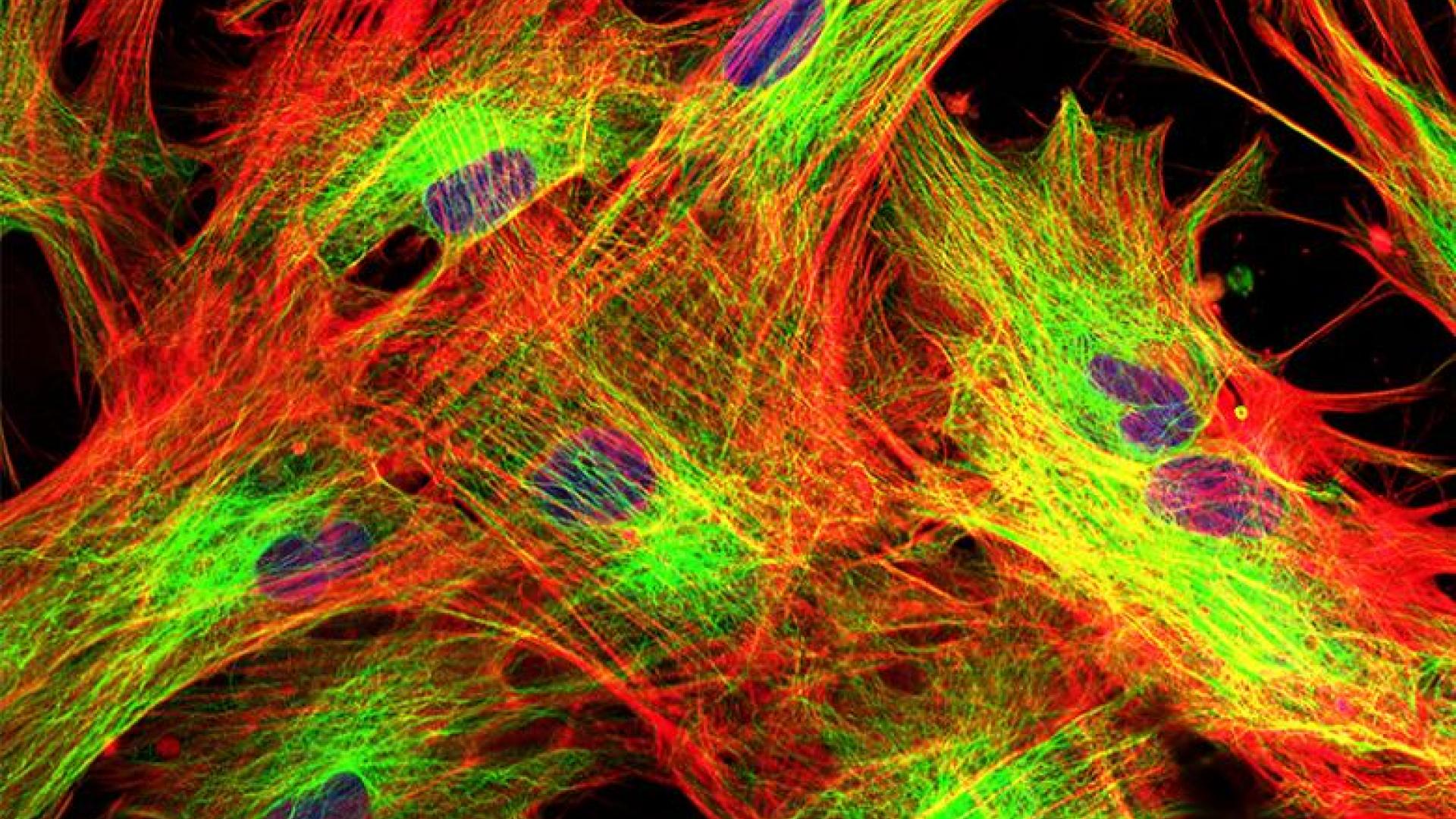
Learn about interesting new research suggesting that there may be some foods that could lower your risk of being diagnosed with glaucoma.
A New Study on Glaucoma and Diet
Many of my patients will ask whether there are dietary changes that will help improve their glaucoma. One recent study published in January in 2016 in JAMA Ophthalmology examined the relationship between dietary nitrate intake, derived primarily from green leafy vegetables, and primary open-angle glaucoma. The investigators were interested in dietary nitrate intake because it is a major source of nitric oxide, which may be beneficial for blood circulation and potentially for glaucoma.
The study utilized data from two studies that collectively included more than 100,000 people. The investigators evaluated the association between dietary nitrate intake (reported by the participants) and whether these study participants were diagnosed with glaucoma during the 25 year study. The study examined four groups of foods:
- green leafy vegetables (iceberg lettuce, romaine lettuce, kale, mustard or chard, cooked spinach, raw spinach)
- cruciferous vegetables (kale, mustard or chard, broccoli, cabbage or coleslaw, cauliflower, Brussels sprouts)
- root vegetables (beets, potatoes, onions, carrots, yams, sweet potatoes), and
- tomato-based foods (tomatoes, tomato sauce, tomato juice)
Encouraging Results
The study found that compared to the group with the lowest dietary nitrate intake (approximately 80 milligrams/day), the group with the highest dietary intake (240 milligrams/day) was associated with a 21 percent lower risk of glaucoma and a 44 percent lower risk of a type of glaucoma in which early visual field loss close to the center of vision is more common.
What the Glaucoma Study Does Not Reveal
While this research is certainly exciting, unfortunately it does not provide information on whether dietary nitrate intake, in the form of green leafy vegetables, helps if one already has glaucoma.
Other Diet, Glaucoma and Eye Health Studies
The good news is that this is not the only study that has identified the importance of green leafy vegetables in decreasing the risk of glaucoma diagnosis. As part of a large study (Study of Osteoporotic Fractures), women who consumed at least one serving per month (not a high bar to cross!) of green collards and kale had a 69 percent decreased risk of glaucoma compared to those women who consumed less than one serving per month. Other foods that appeared protective of glaucoma diagnosis included carrots and canned or dried peaches.
This group of investigators also completed a follow-up study that examined food consumption and glaucoma risk among African-American women. Women who ate more than 1 serving a week compared to less than 1 serving per month of collard greens and kale decreased their odds of glaucoma diagnosis by 57 percent. Other foods that were protective included increased consumption of fruit or fruit juices, fresh oranges, and fresh peaches. Intake of foods with higher amounts of vitamin A, vitamin C, and carotenoids were also found to be protective of glaucoma diagnosis in older African-American women. Again, however, this research does not answer the question of whether eating green leafy vegetables helps someone who already has a diagnosis of glaucoma.
Take-Home Message
Even though we do not have complete answers, eating your vegetables probably has very little downside, and is important for your overall health and well-being. Overdoing any dietary element (for example, eating a diet high in arugula only), may actually exceed recommended daily limits of nitrate consumption. Thus, a good recommendation is simply to eat a variety of fruits and vegetables for a well-balanced diet. So eat up those green leafy vegetables, and note that even those vegetables in the low nitrate group contain nutrients that are important for your health.
Vegetables ranked by nitrate content:
- Very high
Celery, cress, chervil, lettuce, red beetroot, spinach, and arugula. Other leafy vegetables with high nitrate concentrations are butterhead lettuce, mixed lettuces, and kale. - High
Celeriac, Chinese cabbage, endive, fennel, kohlrabi, leek, and parsley. - Moderate
Cabbage, dill, turnip, and savoy cabbage. - Low
Broccoli, carrot, cauliflower, cucumber, pumpkin, and chicory. - Very low
Artichoke, asparagus, broad bean, eggplant, garlic, onion, green bean, mushroom, pea, pepper, potato, summer squash, sweet potato, and tomato.
About BrightFocus Foundation
BrightFocus Foundation is a premier global nonprofit funder of research to defeat Alzheimer’s, macular degeneration, and glaucoma. Since its inception more than 50 years ago, BrightFocus and its flagship research programs—Alzheimer’s Disease Research, Macular Degeneration Research, and National Glaucoma Research—has awarded more than $300 million in research grants to scientists around the world, catalyzing thousands of scientific breakthroughs, life-enhancing treatments, and diagnostic tools. We also share the latest research findings, expert information, and resources to empower the millions impacted by these devastating diseases. Learn more at brightfocus.org.
Disclaimer: The information provided here is a public service of BrightFocus Foundation and is not intended to constitute medical advice. Please consult your physician for personalized medical, dietary, and/or exercise advice. Any medications or supplements should only be taken under medical supervision. BrightFocus Foundation does not endorse any medical products or therapies.
- Lifestyle
- Nutrition









